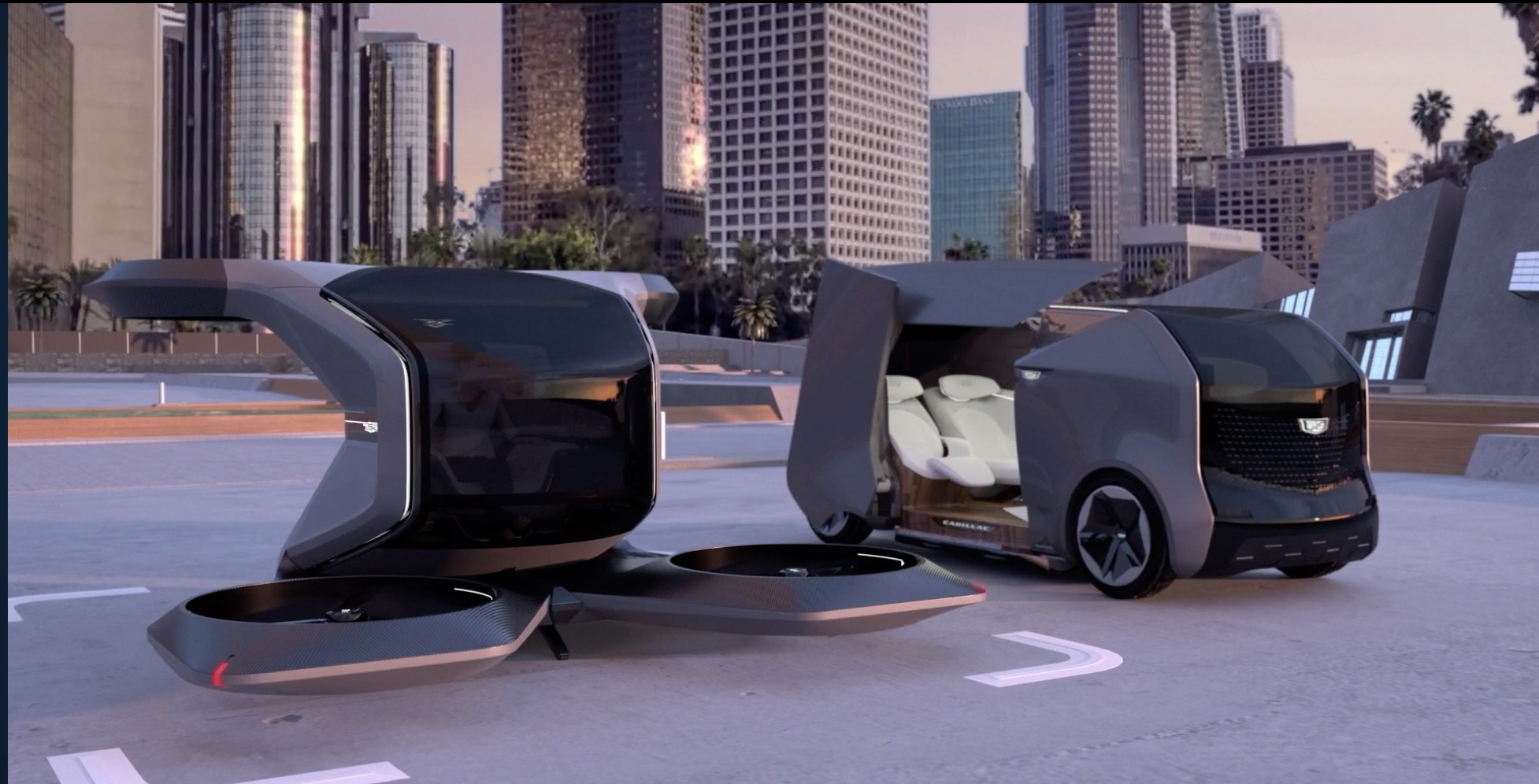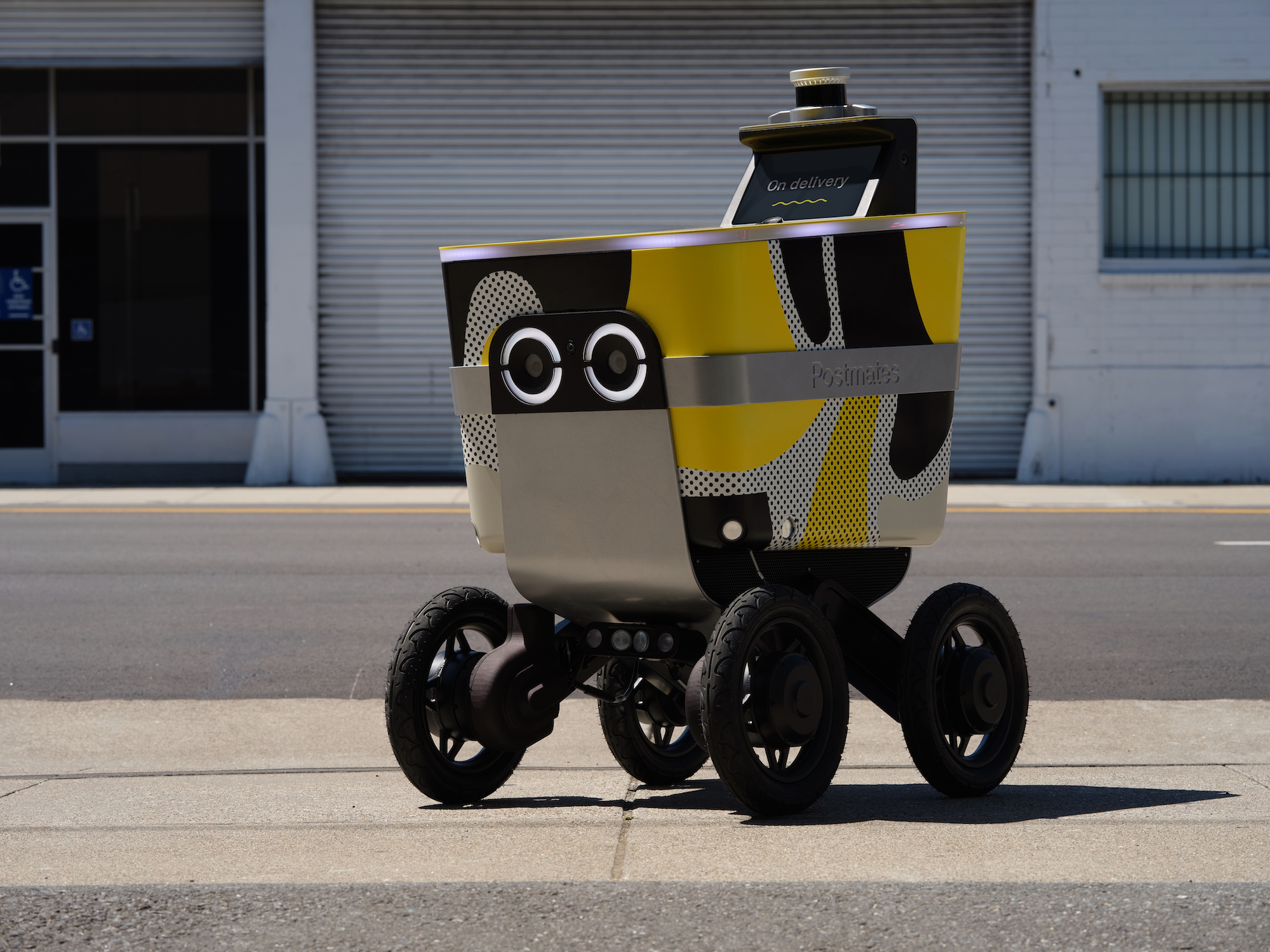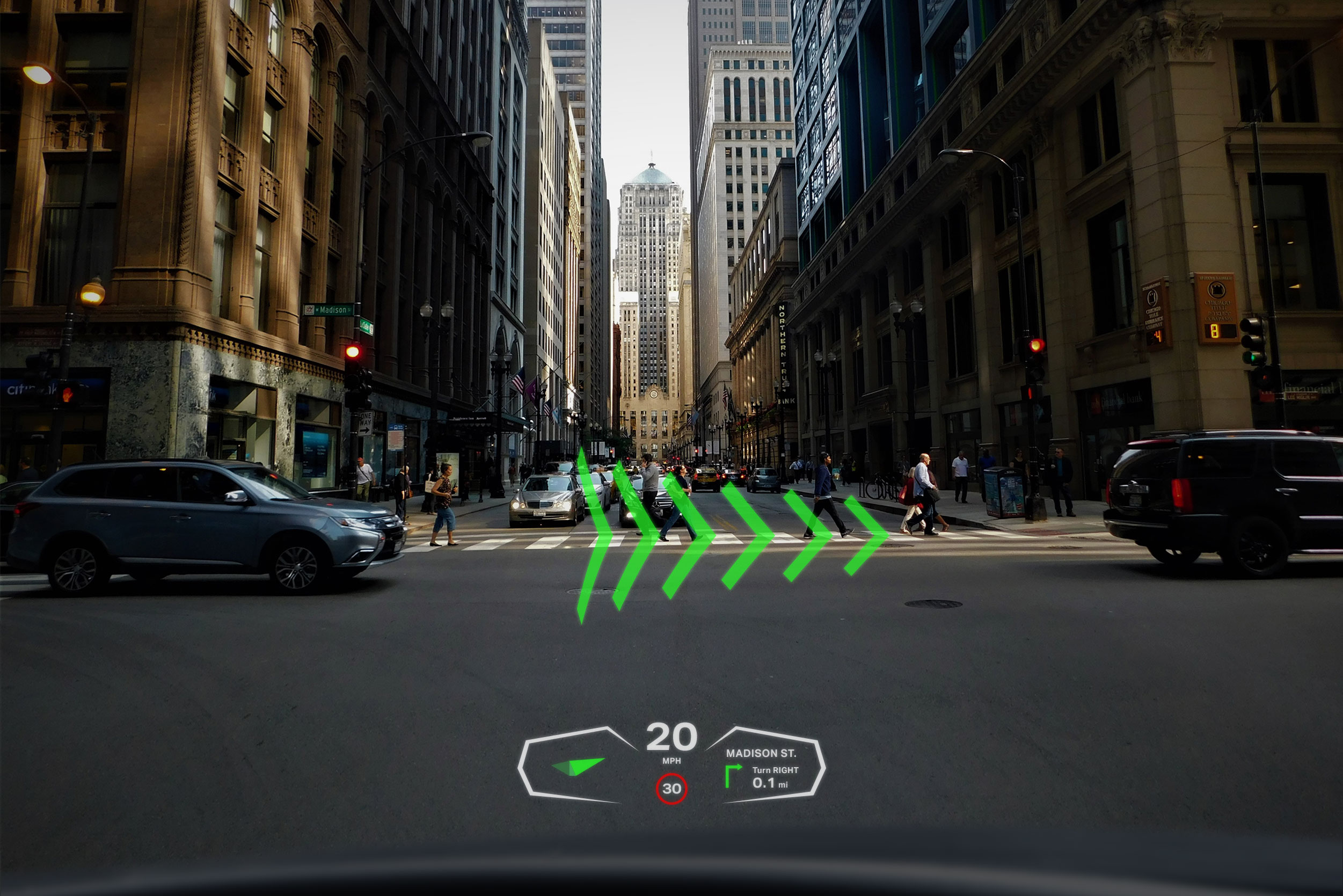The Station is a weekly newsletter dedicated to all things transportation. Sign up here — just click The Station — to receive it every weekend in your inbox.
Hi friends and new readers, welcome back to The Station, a newsletter dedicated to all the present and future ways people and packages move from Point A to Point B.
Before I launch into the news of the week, let’s take care of some housekeeping. First, you might have noticed that The Station landed in your email inbox on Sunday, not Saturday.
I have received some feedback that suggests the newsletter is typically read on Sundays. Do you have an alternate view? Please reach out with your opinion on this matter.
When would you like to see The Station? And what do you like and dislike about the newsletter?
One last item: I am now transportation editor at TechCrunch. The title change comes with more responsibility and a mission. I’ll be bringing on more freelancers to expand our “future of transportation” coverage. Mark Harris, an investigative reporter who has already delivered some wonderful articles for us, will be a more regular fixture here. Harris has a knack for rooting out news tucked inside legal documents and filings such as his Tesla tariffs article in 2019 and insights into the passenger capability of Elon Musk’s Las Vegas Loop project.
I hope to add more faces to the transportation bureau in the weeks and months to come.
Email me at kirsten.korosec@techcrunch.com to share thoughts, criticisms, offer up opinions or tips. You can also send a direct message to me at Twitter — @kirstenkorosec.
CES roundup
Maybe it was the virtual format, but autonomous vehicle technology didn’t play a starring role at CES this year as it has in the past.
Instead, several other themes emerged at CES, mostly around infotainment and advanced driver assistance systems. And continuing a trend in 2020, there were several gigantic screens, including the Mercedes Hyperscreen that is pictured above.
Pioneer, Harman and Panasonic all revealed future products aimed at bringing more audio and visual technology into the vehicle. Harman, for instance, unveiled three new “experience concepts” that can turn the infotainment system in a vehicle into a concert hall, recording studio or gaming center.
Panasonic also announced a partnership with U.K. startup Envisics to jointly develop and commercialize a new generation of head-up displays for cars, trucks and SUVs. Head-up displays, or HUDs, seemed to be everywhere this show. The technology isn’t new, but recent advances are pushing the capabilities of these systems, which are integrated in the dash of a vehicle and project images onto the windshield to aid drivers with navigation and provide other alerts.
GM had perhaps the biggest presence at the virtual 2021 CES, at least within the transportation sector. The automaker chose the tech trade show to announce a new business unit called BrightDrop that will focus on electric vans and other products and services for the commercial market. But that wasn’t all.
GM used the opportunity to tease its upcoming Chevrolet Bolt EUV — a vehicle that will have GM’s hands-free highway driving assist technology known as Super Cruise — as well as the Cadillac Celestiq dashboard and even a new logo. The intent of this bouquet of announcements was clear: GM wants the world — and shareholders — to know it’s serious about electrification and connected car tech.
GM’s numerous announcements were hard to miss — there was even an eVTOL. Conversely, Mobileye’s announcements flew a bit under the radar, but are arguably as notable.

GM showed off two concepts at CES 2021: an autonomous shuttle and a personal eVTOL. Image Credits: GM
Mobileye outlined plans to expand its autonomous vehicles testing to more cities, which was expected and is in line with the company’s previously stated plans.
What stood out to me was a talk that Mobileye president and CEO Amnon Shashua gave that outlined the company’s vision and progress.
The recap: Mobileye is taking a three-pronged strategy to developing and deploying automated vehicle technology that combines a full self-driving stack — that includes redundant sensing subsystems based on camera, radar and lidar technology— with its REM mapping system and a rules-based Responsibility-Sensitive Safety (RSS) driving policy.
Mobileye’s REM mapping system essentially crowdsources data by tapping into nearly one million vehicles equipped with its tech to build high-definition maps that can be used to support ADAS and autonomous driving systems. Shashua said Mobileye’s technology can now map the world automatically with nearly eight million kilometers tracked daily and nearly one billion kilometers completed to date.
The company provided more details at CES about a new lidar system-on-a-chip product that is under development and will come to market in 2025. The lidar, which will use Intel’s specialized silicon photonics fab, is notable because Mobileye is known for its camera-based technology. To be clear, Mobileye is not backing away from that camera-first approach. Shashua explained Mobileye believes the best technological and business approach is to develop a camera-first system and use the lidar and radar as add-ons for redundancy.
In short: Mobileye has the money and existing network to commercialize automated vehicle technology and bring it to the masses.
Below is sampling of our transportation-related CES coverage:
Mercedes unveils Hyperscreen, a 56-inch screen for its flagship EQS electric vehicle
GM targets delivery with new EV business unit BrightDrop
Mobileye is bringing its autonomous vehicle test fleets to at least four more cities in 2021
Sony reveal more details on its secretive Vision S sedan
Holographic startup Envisics partners with Panasonic to fast track in-car AR tech
Startups look beyond lidar for autonomous vehicle perception
BMW previews its next-generation iDrive infotainment system
Sono Motor plans to license the tech that powers it solar electric car
Air taxi startup Archer partners with FCA
Another Uber spinoff is in the works

Postmates’ Serve robot is equipped with cameras as well as lidar from Ouster. Image Credits: Postmates
Remember when I predicted that autonomous delivery would gain momentum in 2021? It seems that sometimes I am right!
Postmates X, the robotics division of the on-demand delivery startup that Uber acquired last year for $2.65 billion, is seeking investors in its bid to become a separate company called Serve Robotics.
You might recall Serve, the yellow-and-black-emblazoned autonomous sidewalk delivery bot that was developed and piloted by Postmates X. This robot, which recently partnered with Pink Dot Stores for deliveries in West Hollywood, will likely be the centerpiece of the new startup.
I learned of a few important details of this plan, which is not yet settled. Uber will maintain a stake in this new startup. Uber’s stake was initially low, but has since popped to about 25%, according to sources familiar with the deal.
The company would be run by Ali Kashani, who heads up Postmates X and leads the Serve program. Anthony Armenta would lead the startup’s software efforts and Aaron Leiba would be in charge of hardware — keeping the same positions they hold at Postmates X.
I’ll fill y’all in with more details as I learn them.
Source: Tech Crunch




